The early human settle in modern-day Edinburgh can be traced back to the early Middle ages when a hillfort was established in the area, most likely on the Castle Rock. Edinburgh became a large town by 1500, with a population of about 12,000. Edinburgh was attacked several times; however, each time, it recovered. Despite the outbreak of the Great Plague (from 1665 to 1666), Edinburgh grew in size and prosperity in the 17th century.
In the 19th century, Edinburgh lost its position as Scotland’s number one city to Glasgow, and it became overcrowded and became socially segregated. Edinburgh was less industrialized and modernized as compared to other cities in Britain. In the mid-19th century, many Irish immigrants arrived in Edinburgh fleeing from famine. Calton Hill, the Scottish National Gallery and the Scoot Monument were also built.
In the 20th century Edinburgh continued to thrive, Edinburgh’s famous floral clock, Zoo, Usher Hall, Scottish National War Memorial, City Museum, and other top attractions for tourists were constructed, and Edinburgh become a popular tourist destination.
Here below are some stunning historical photographs of old Edinburgh from the 19th and early 20th century — capturing streets, castles, landmarks, and everyday life. Want to go more forward? then checkout, 1960s Edinburgh.



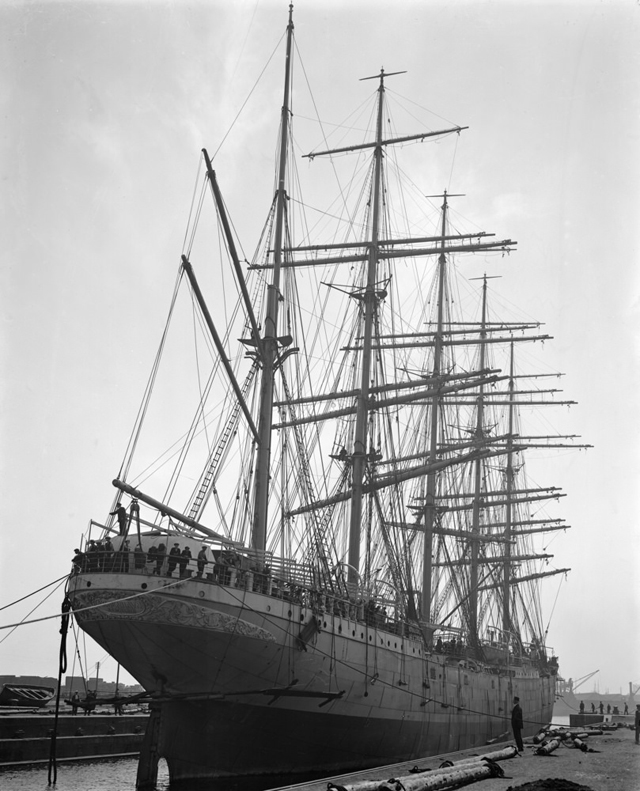
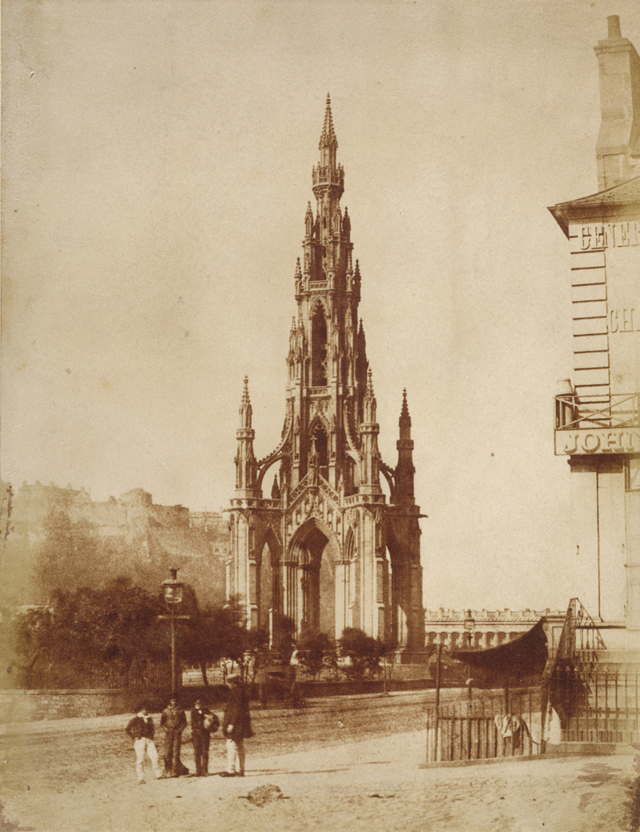
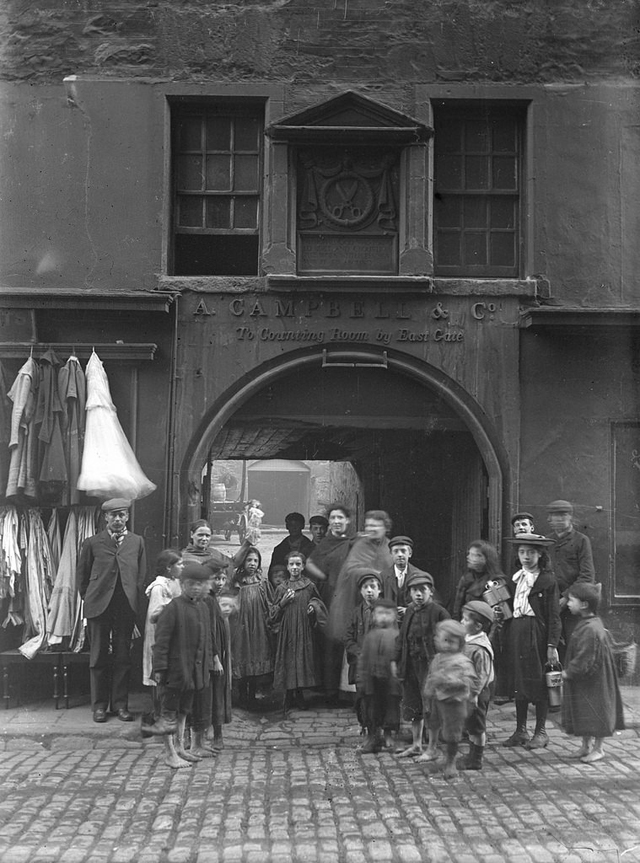
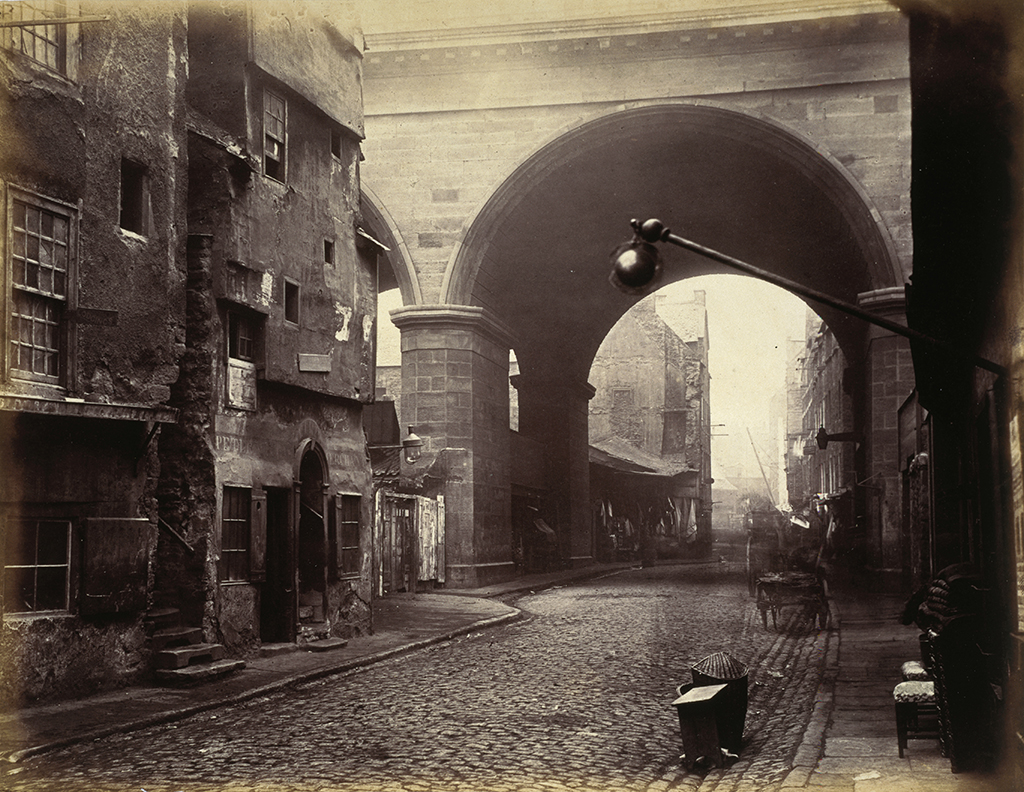
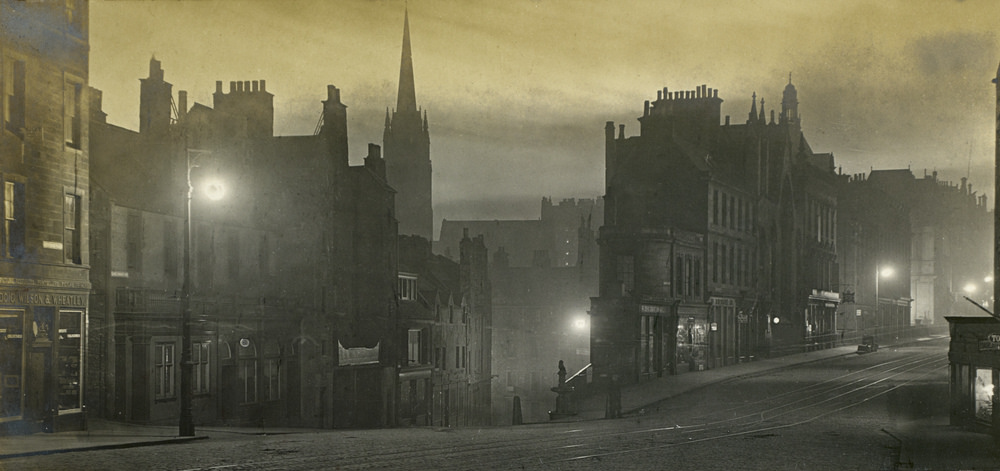
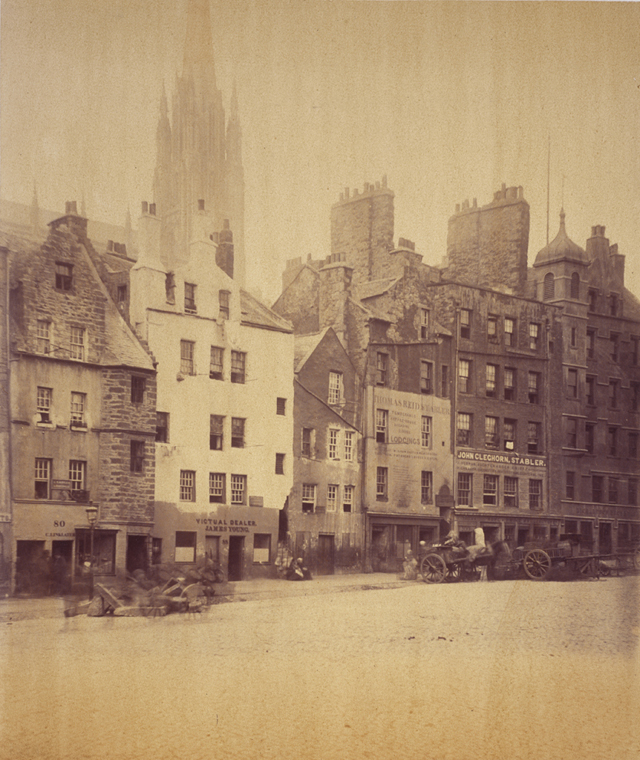
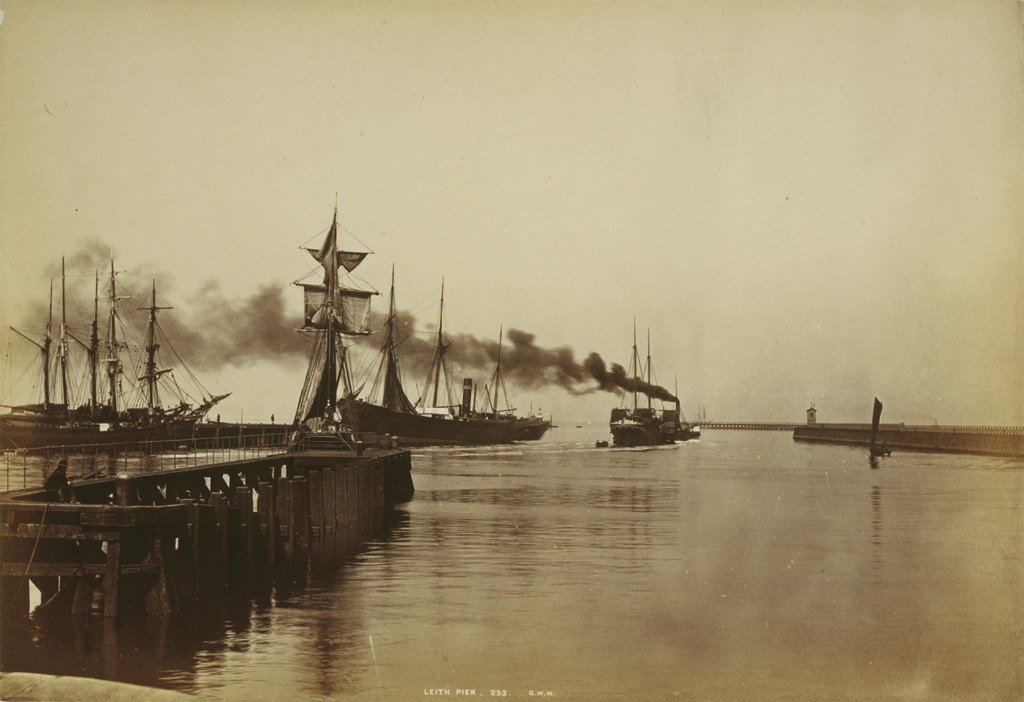
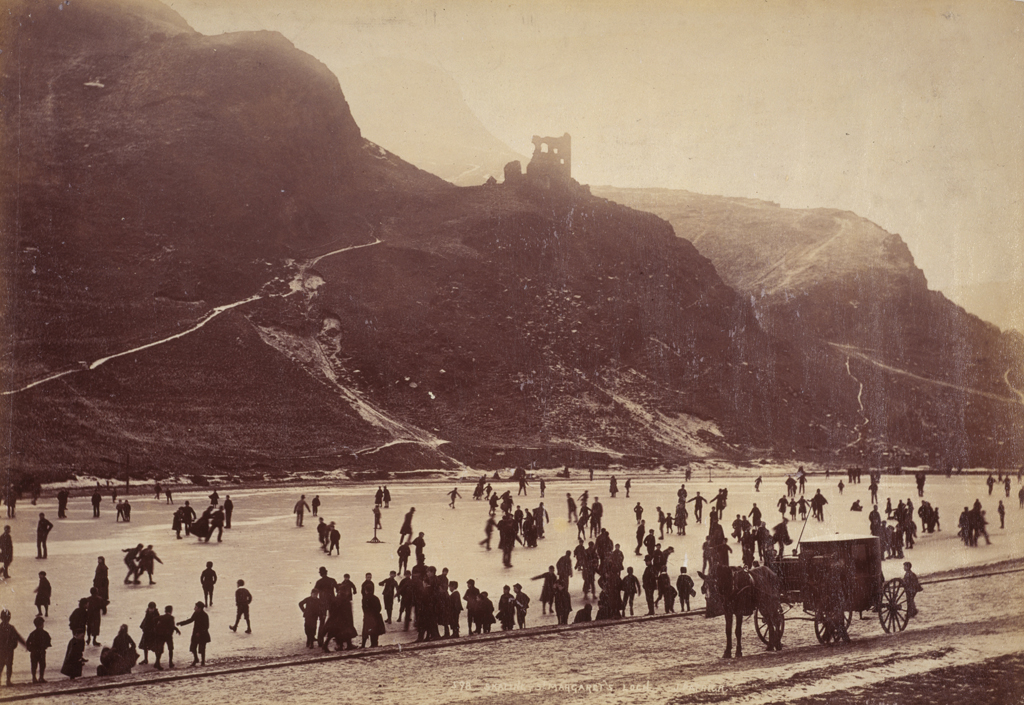
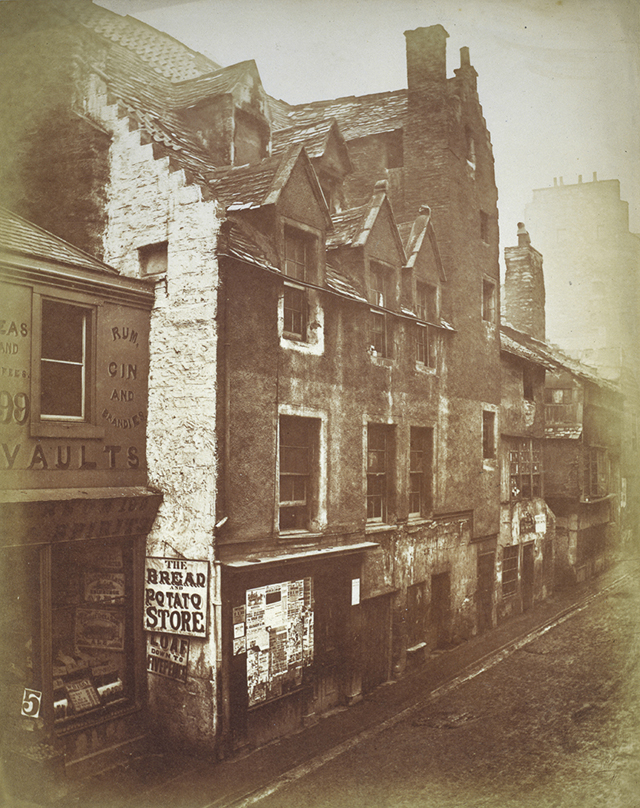
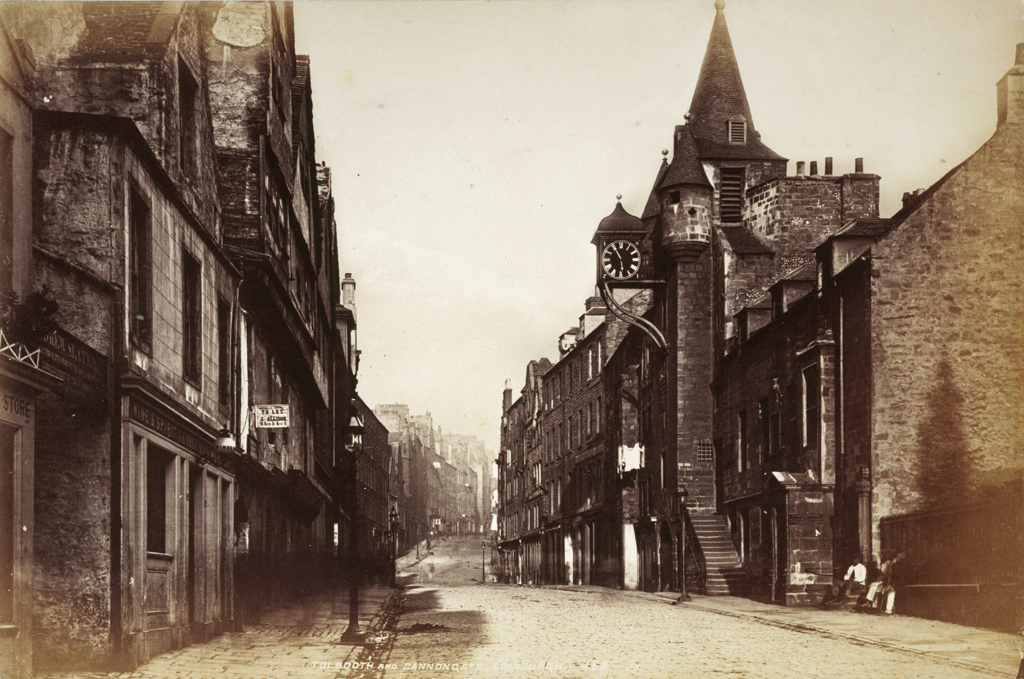
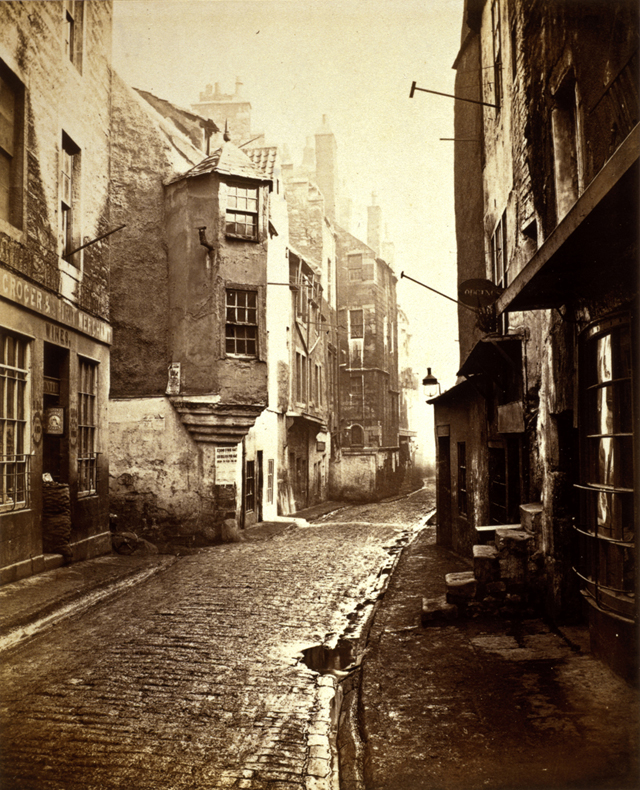
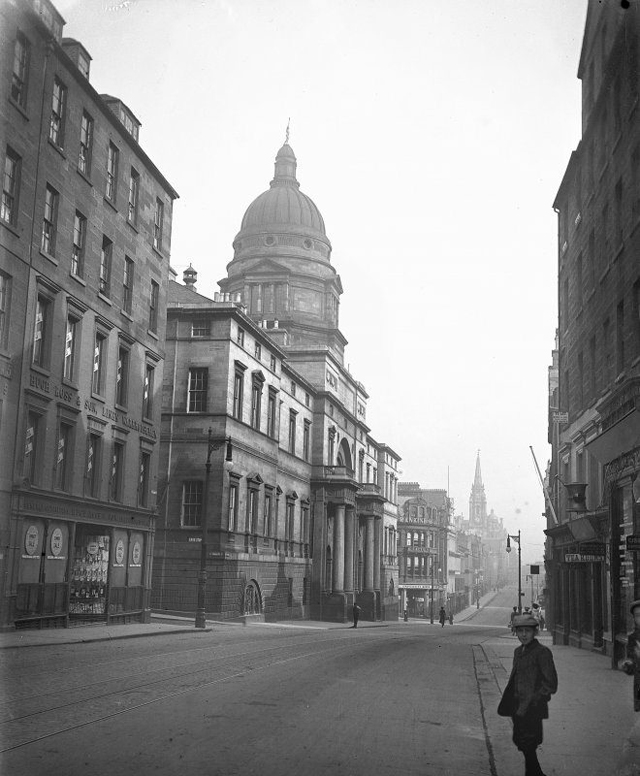
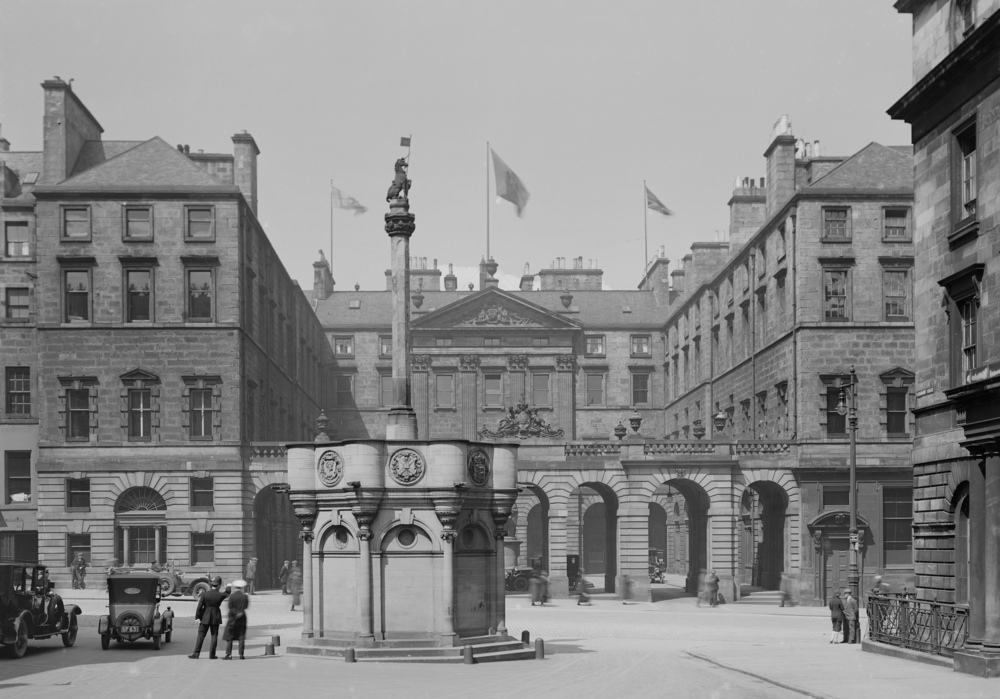
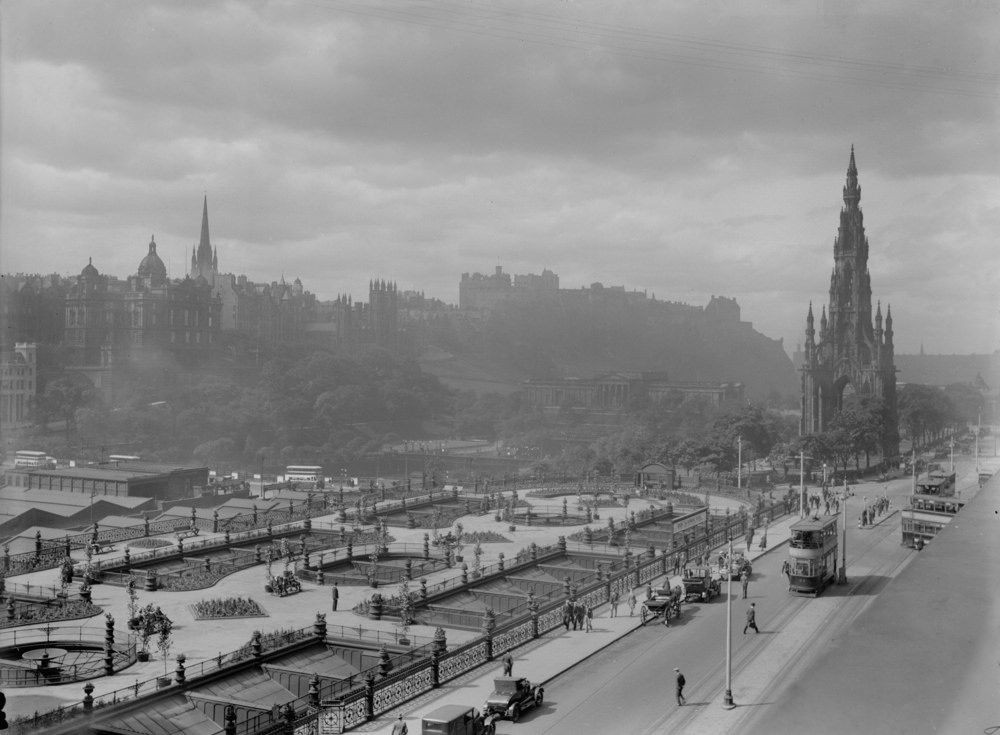
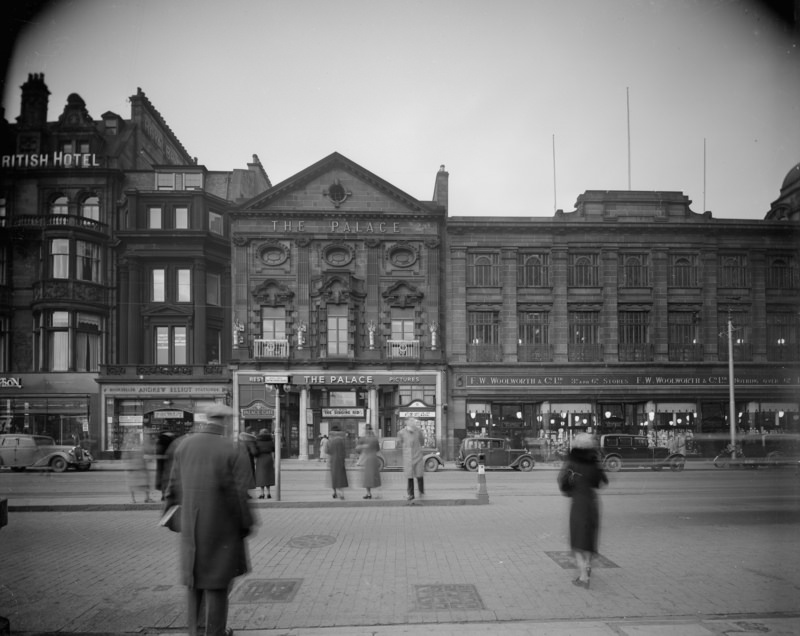
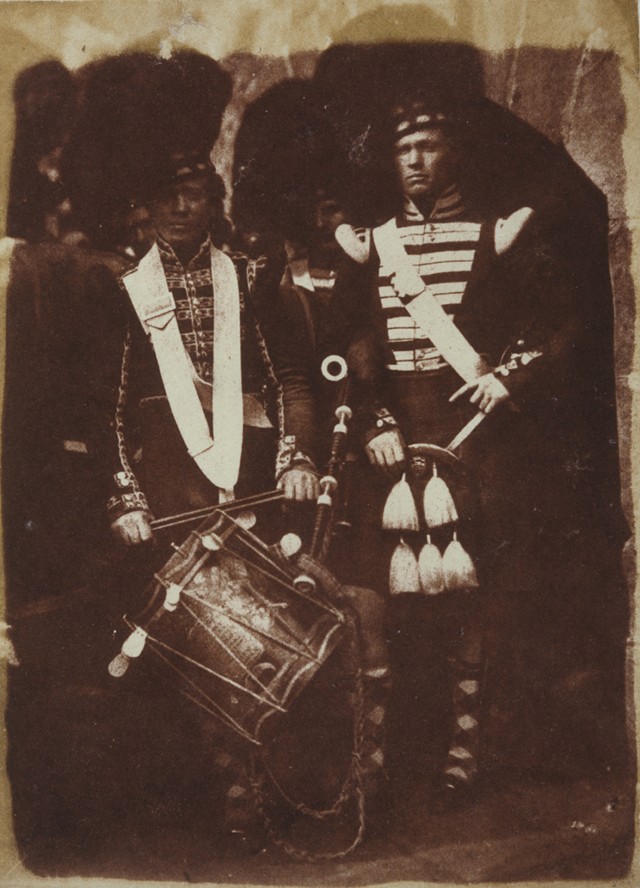
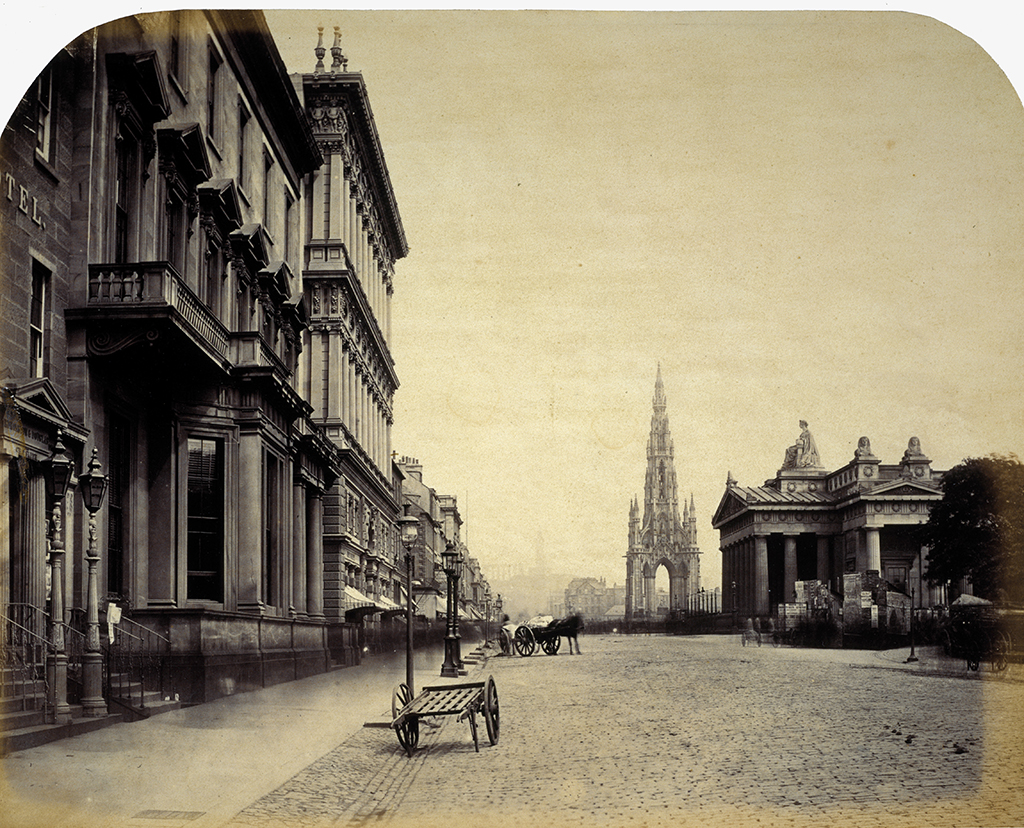
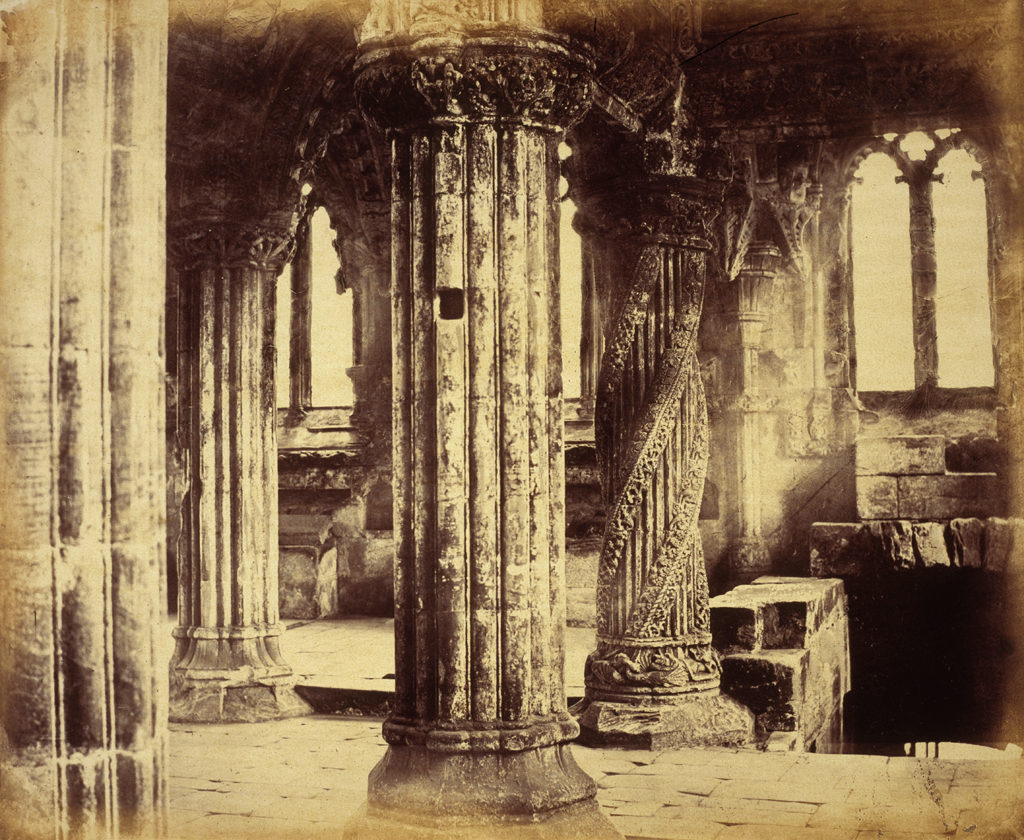
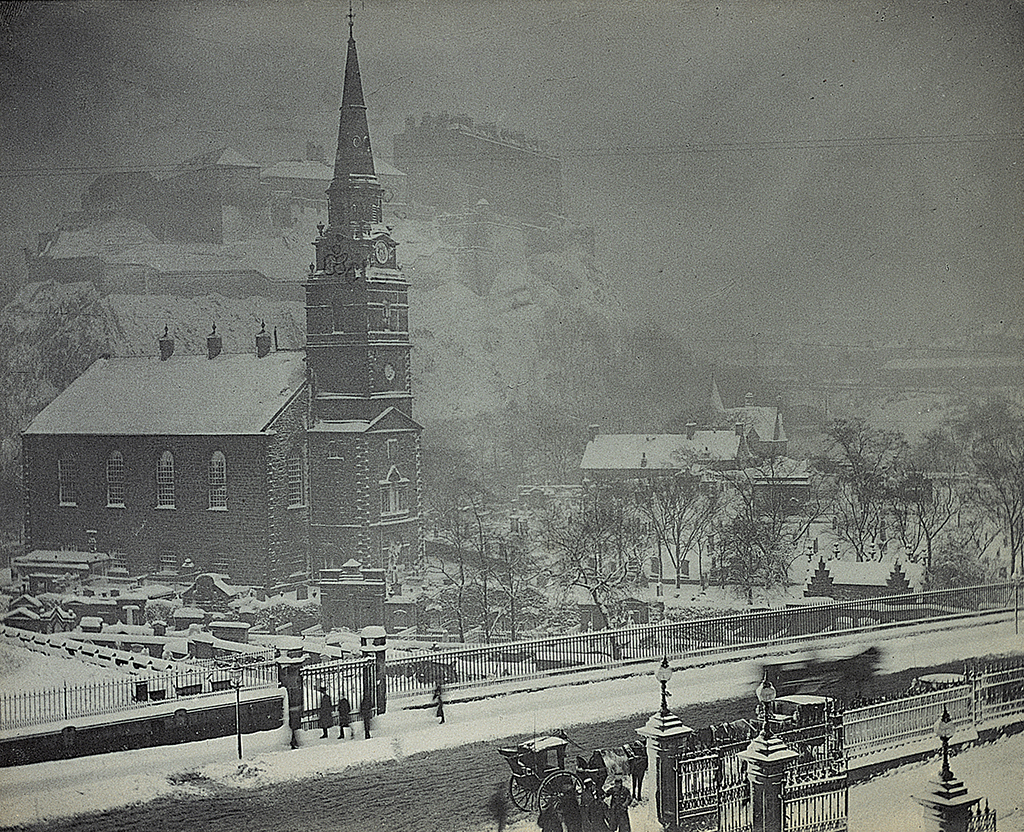
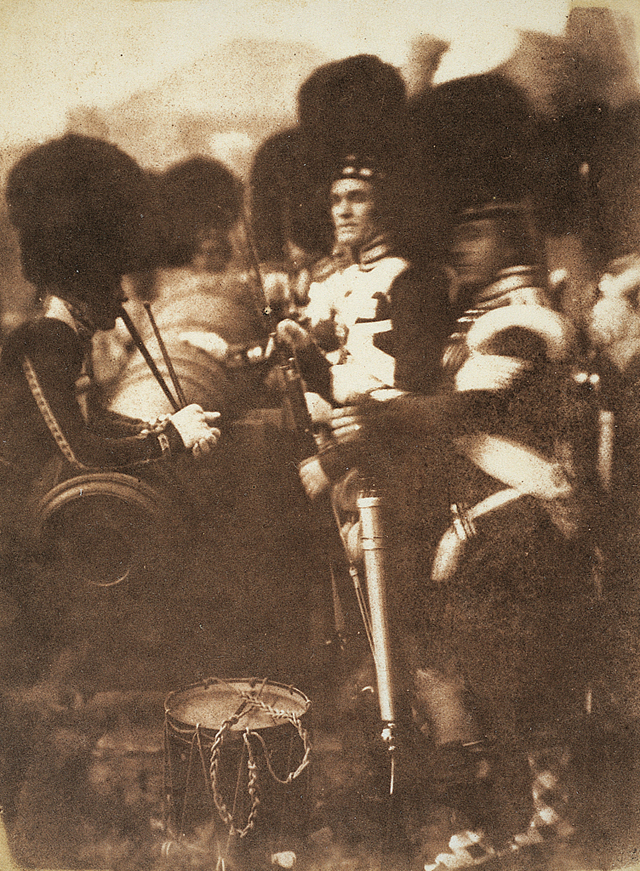
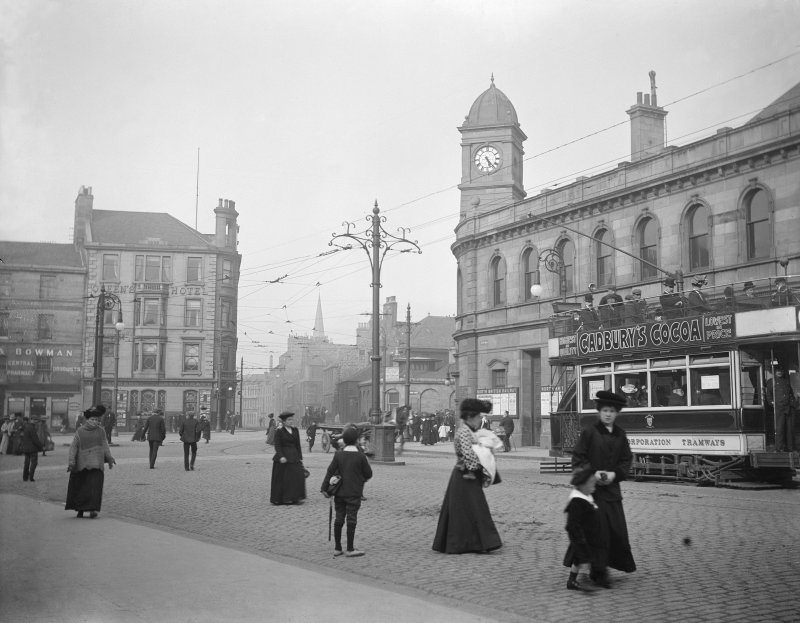
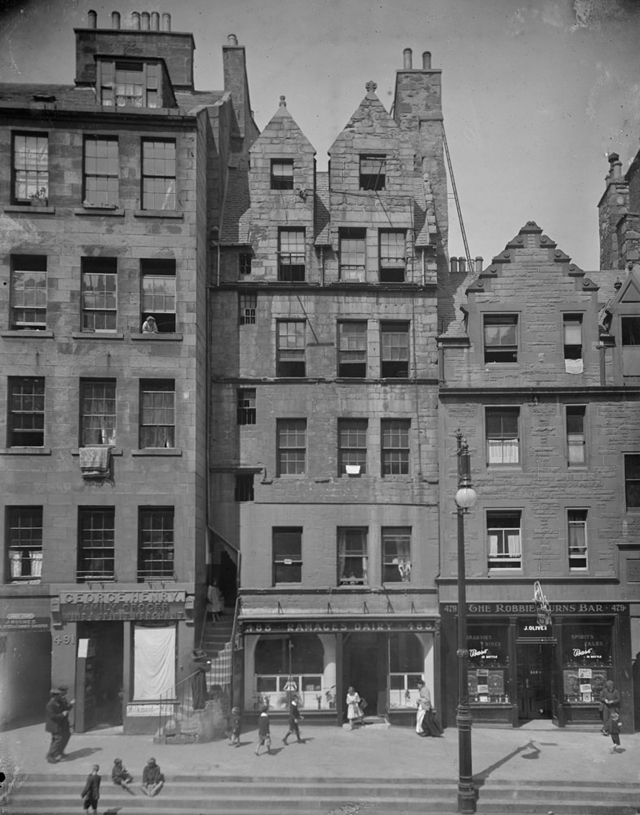
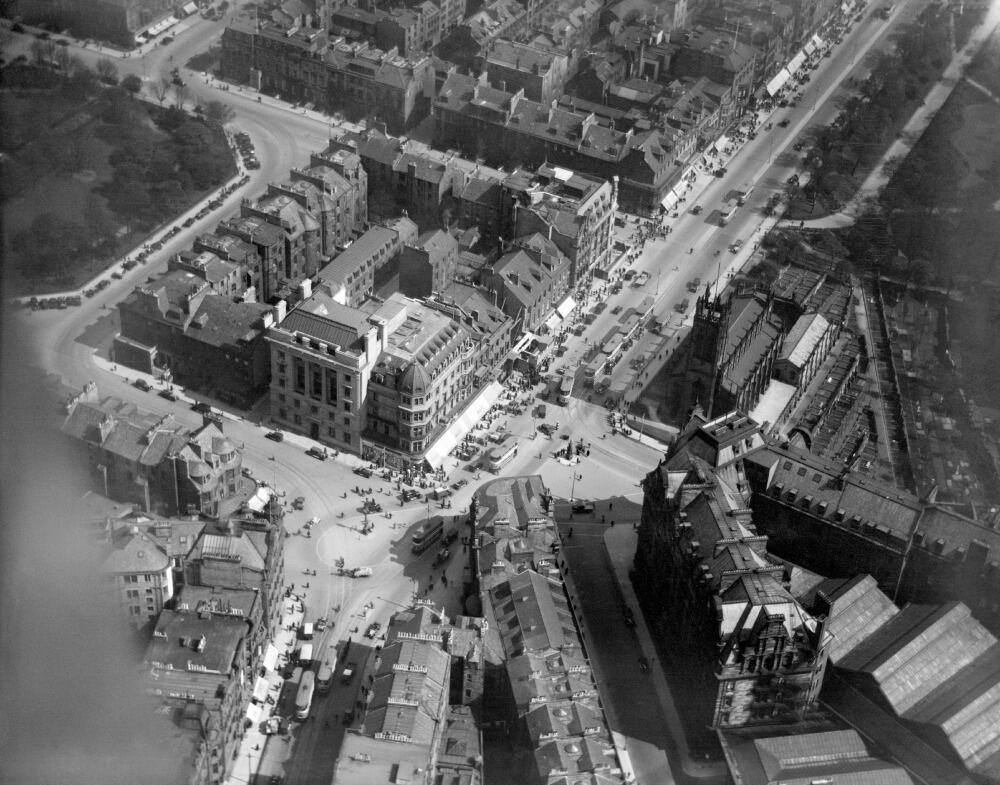
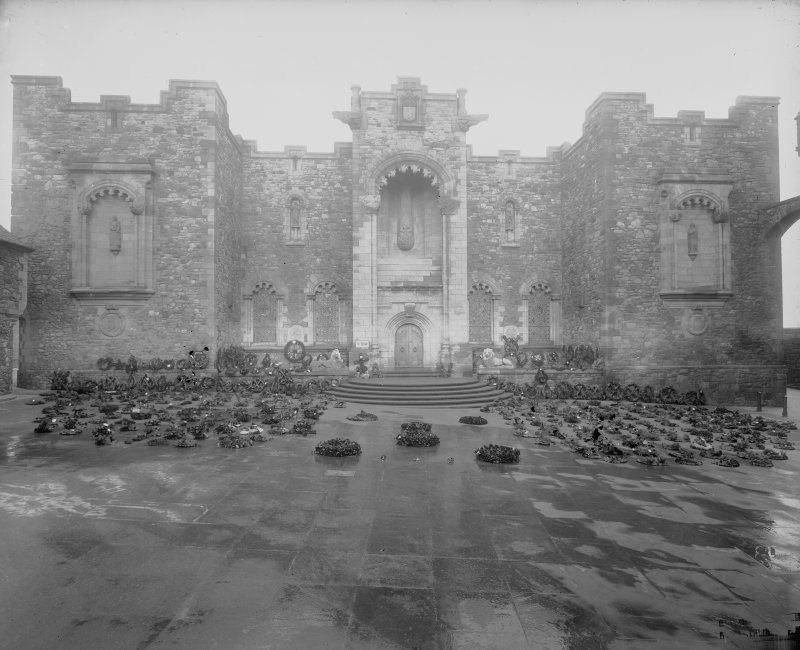
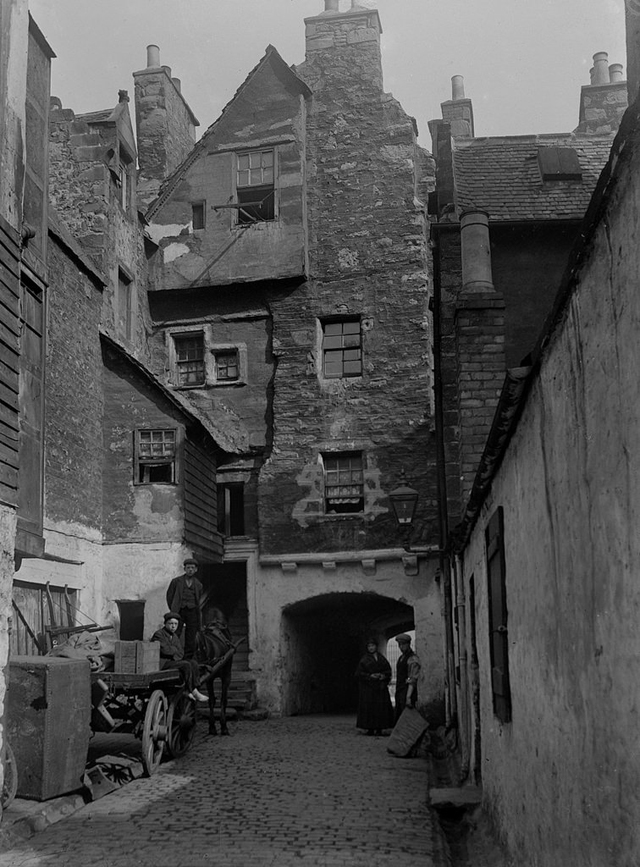
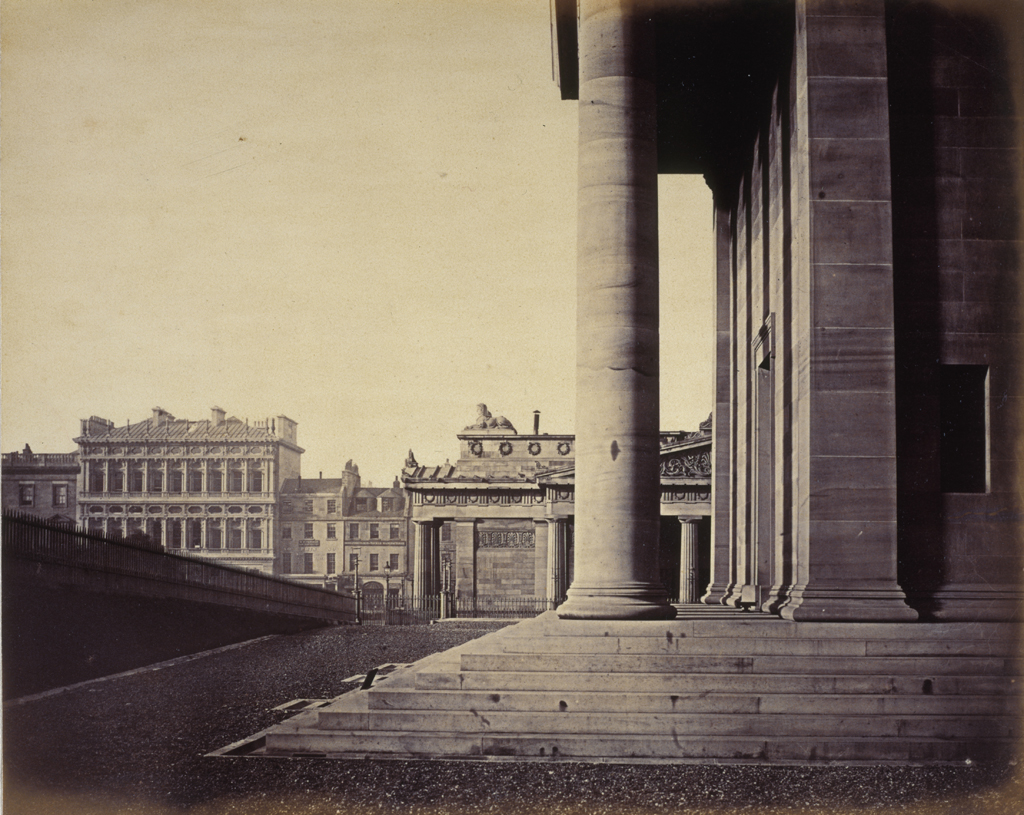
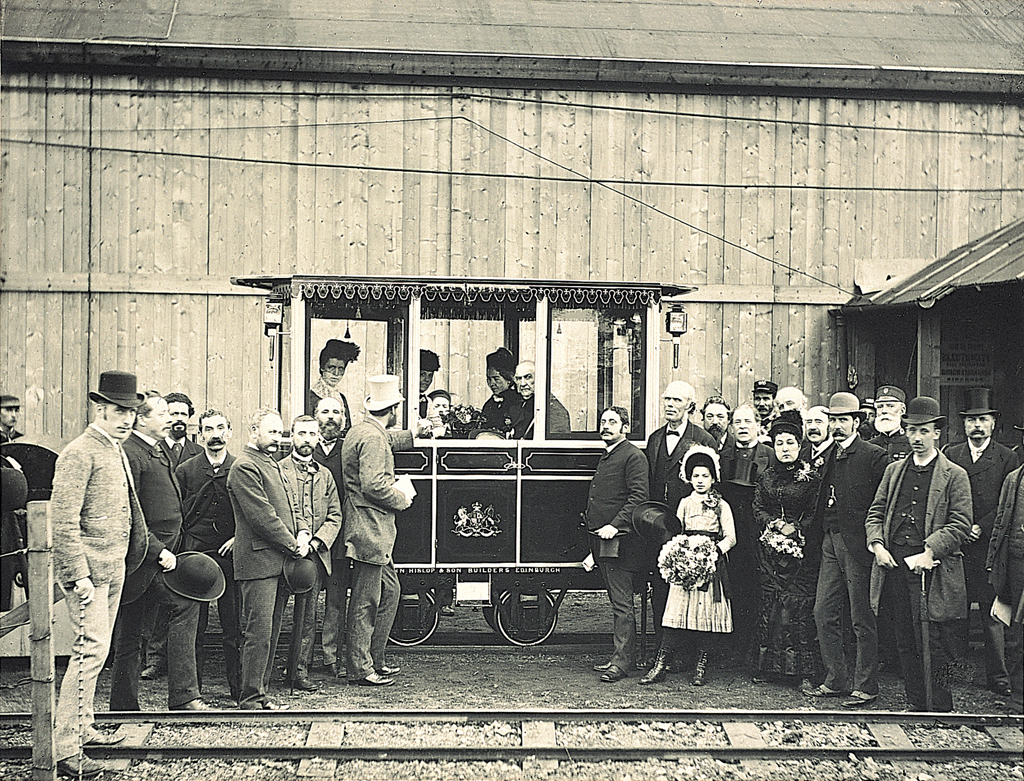
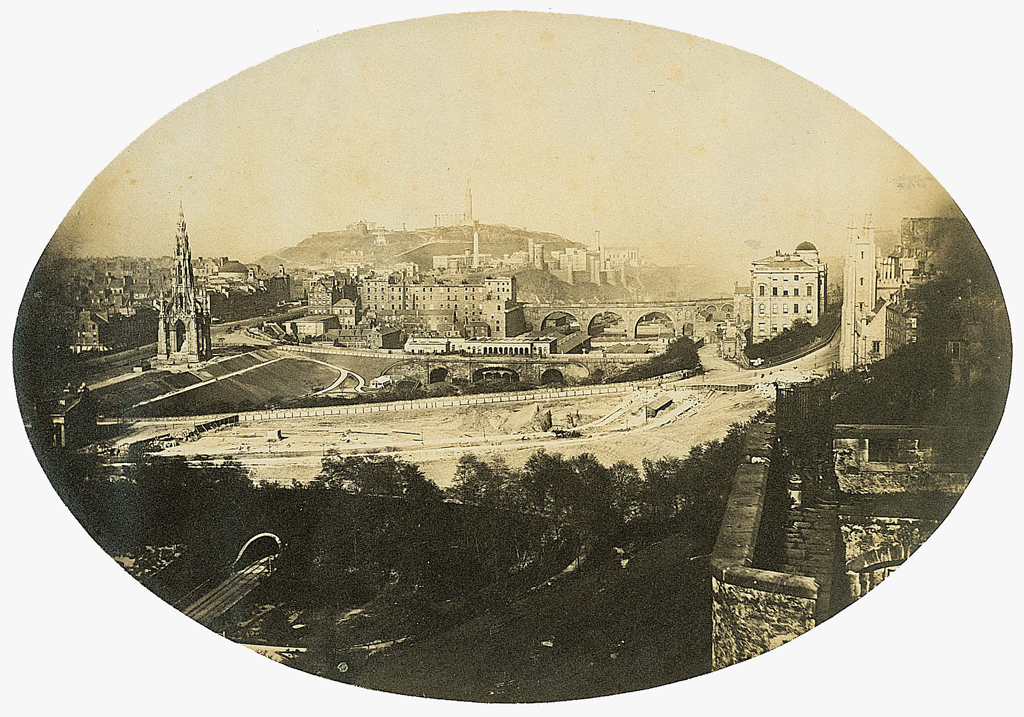
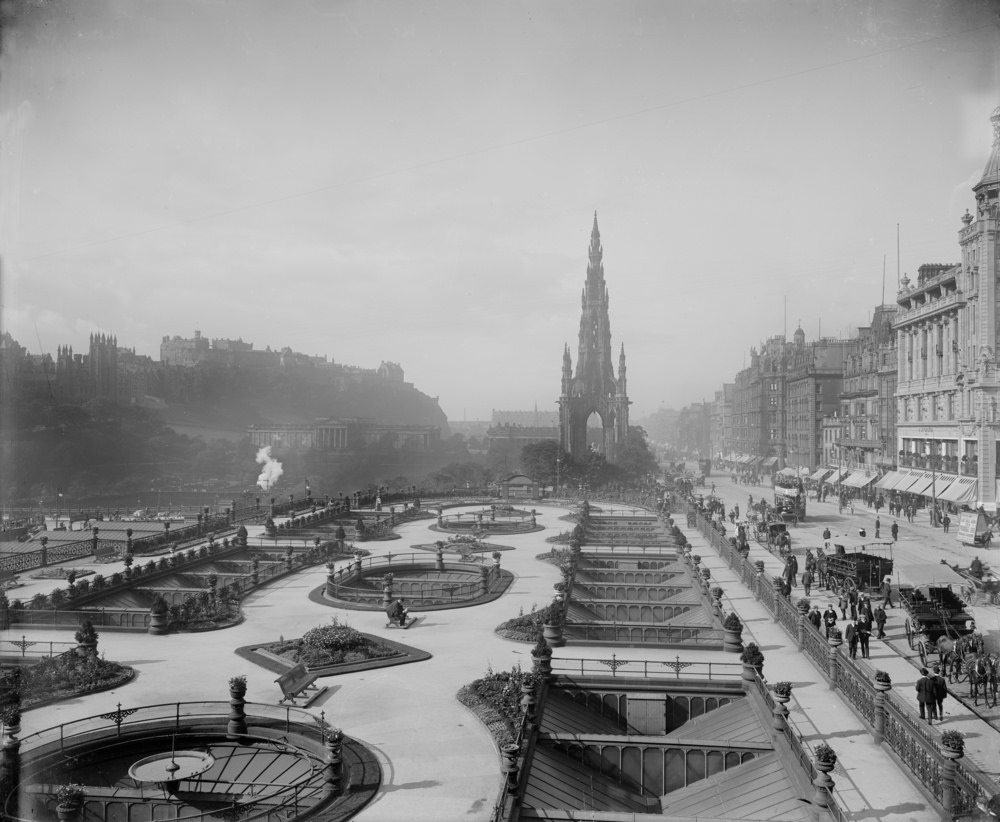
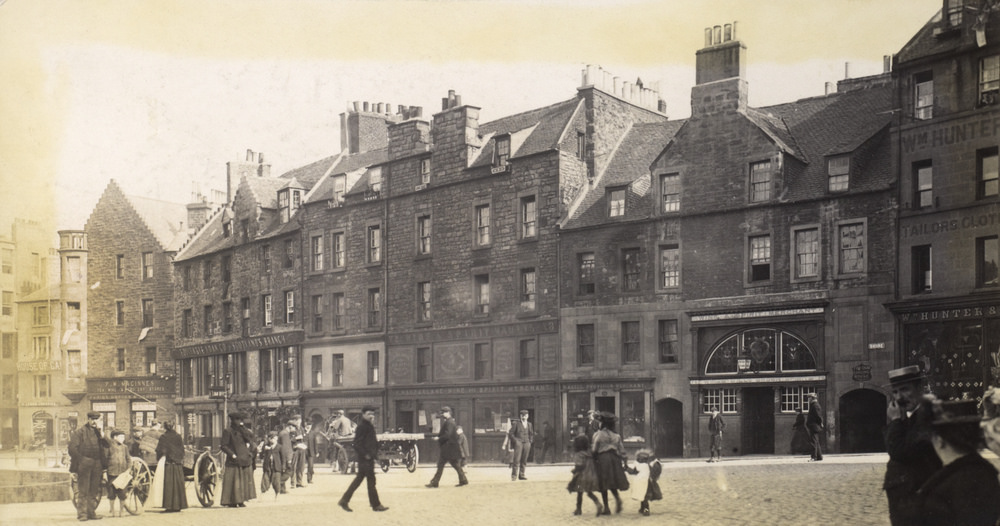
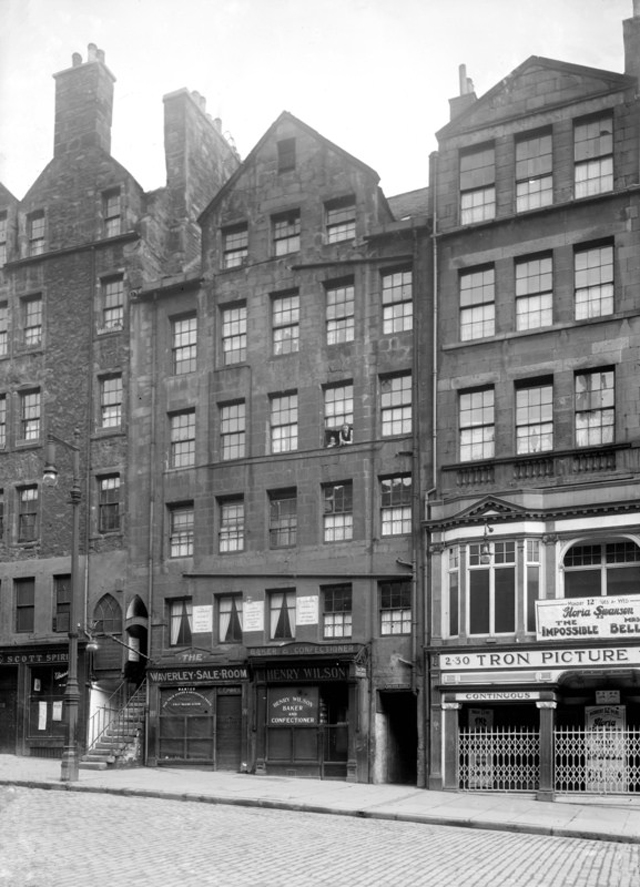
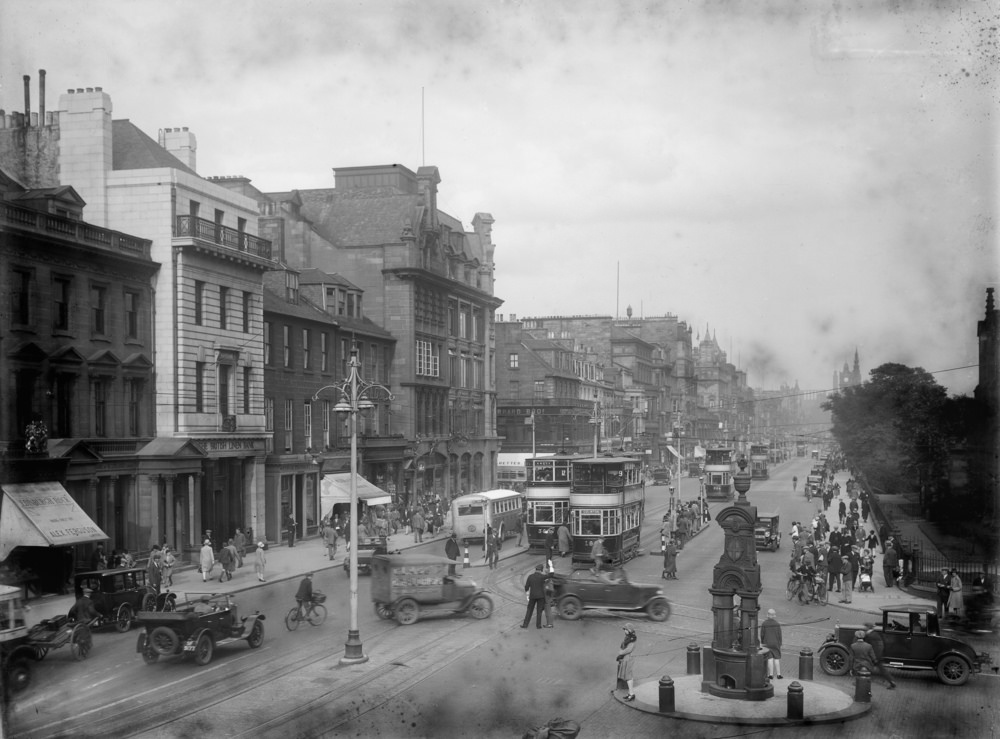
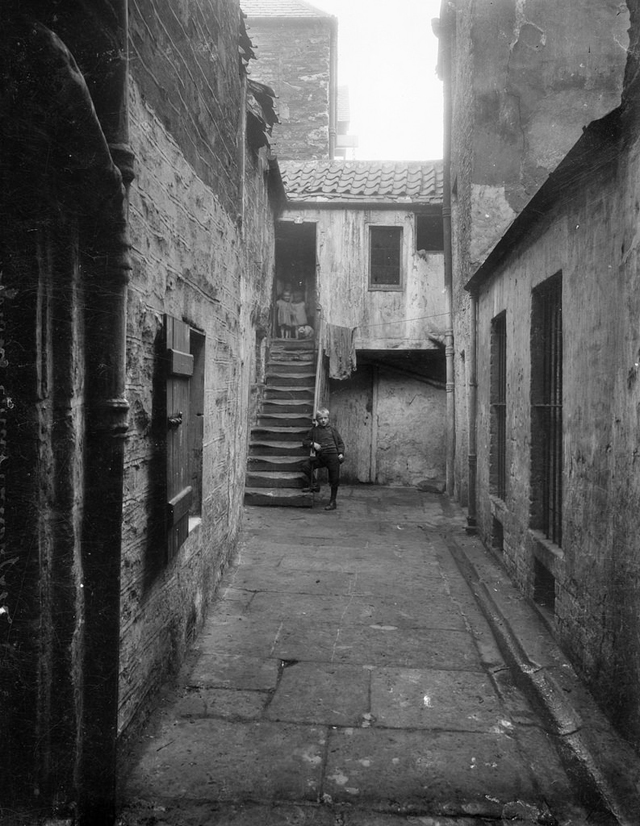
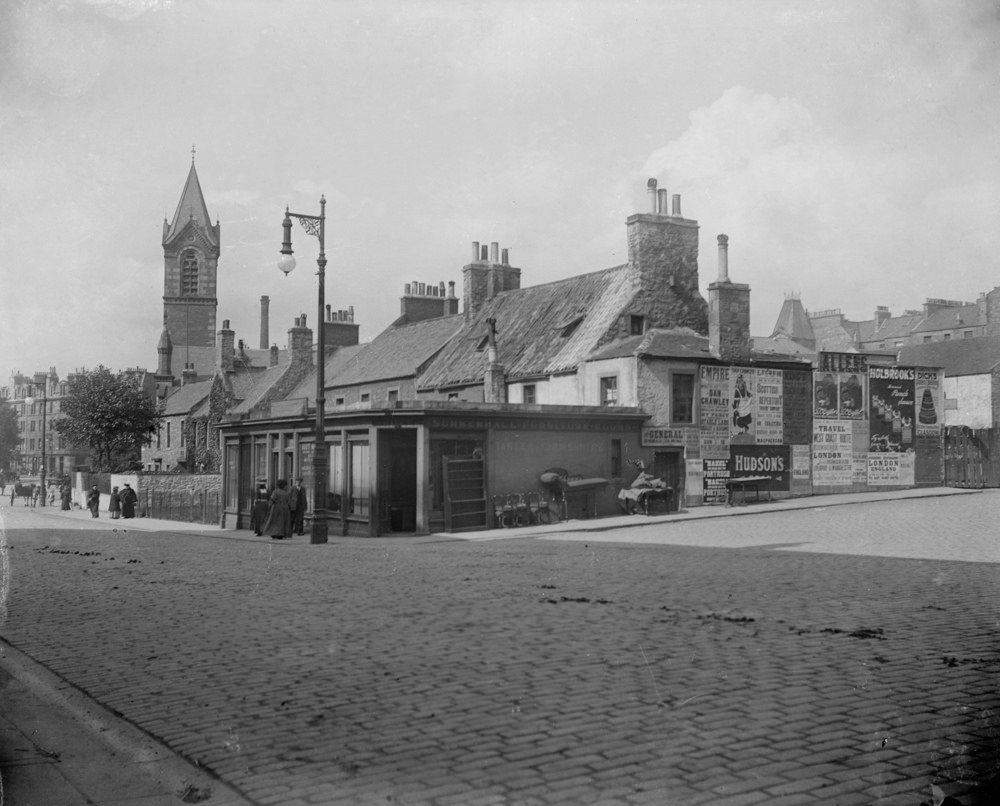
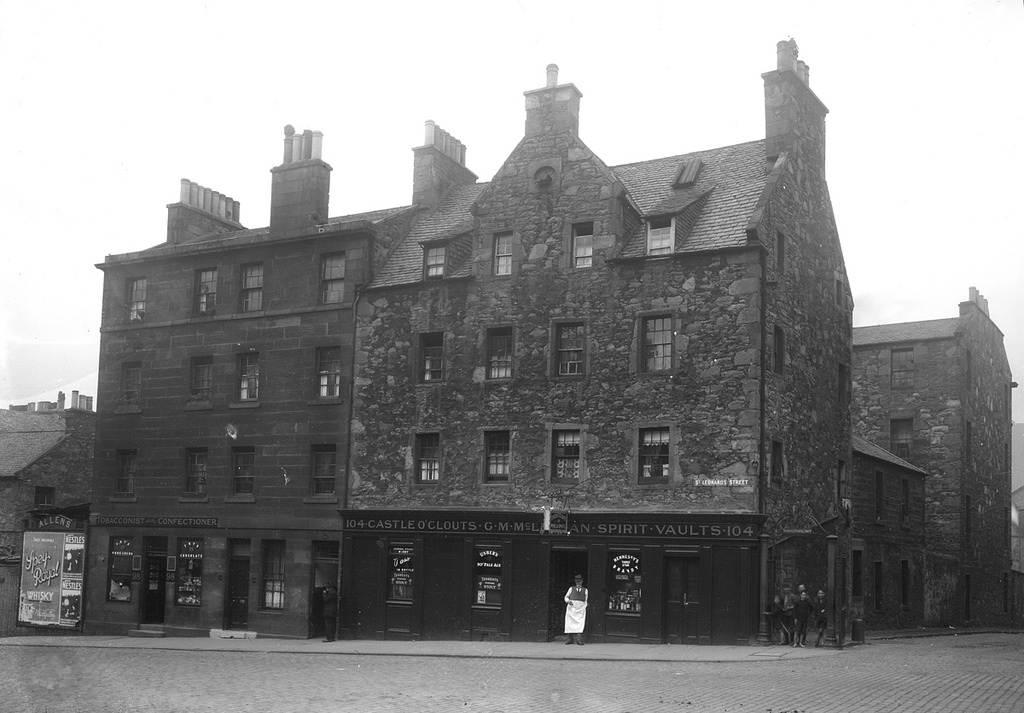
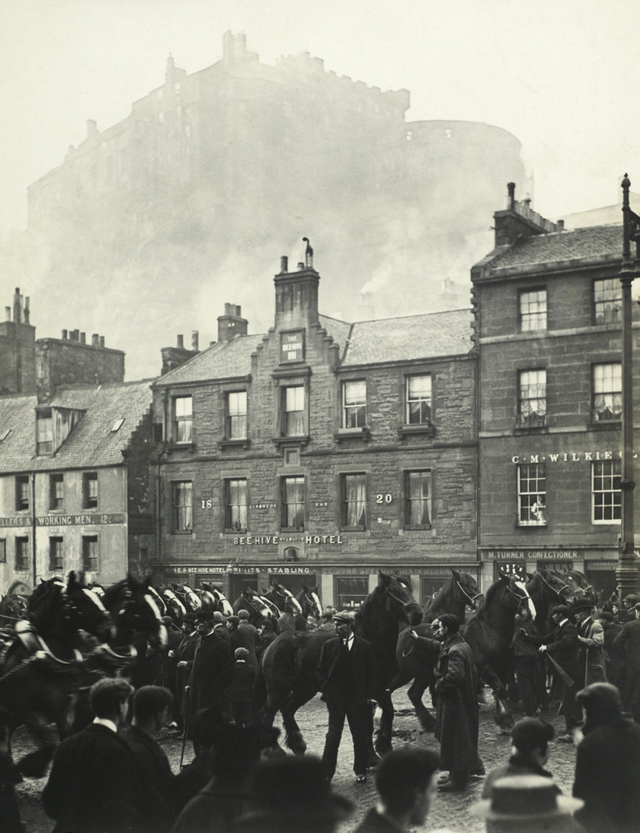
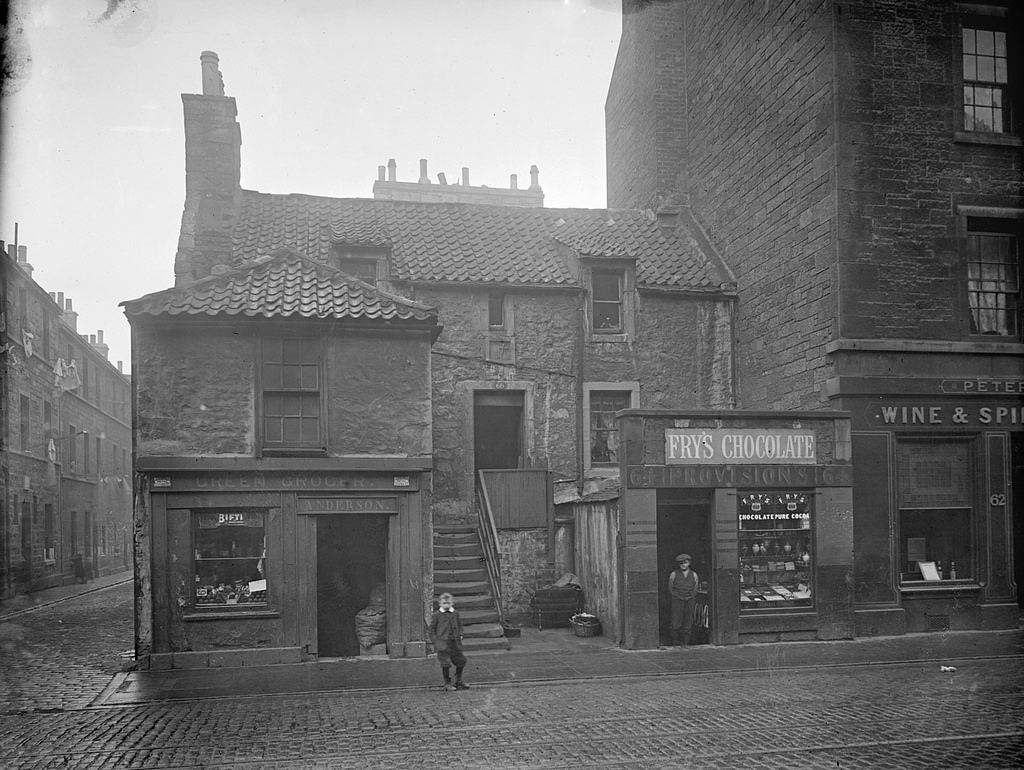
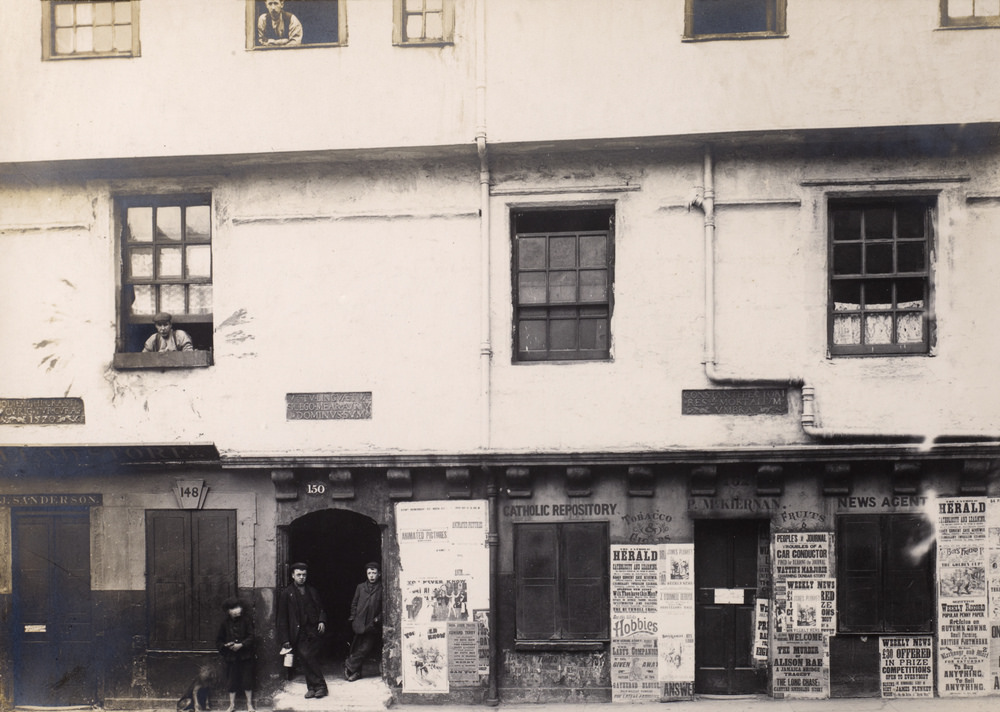
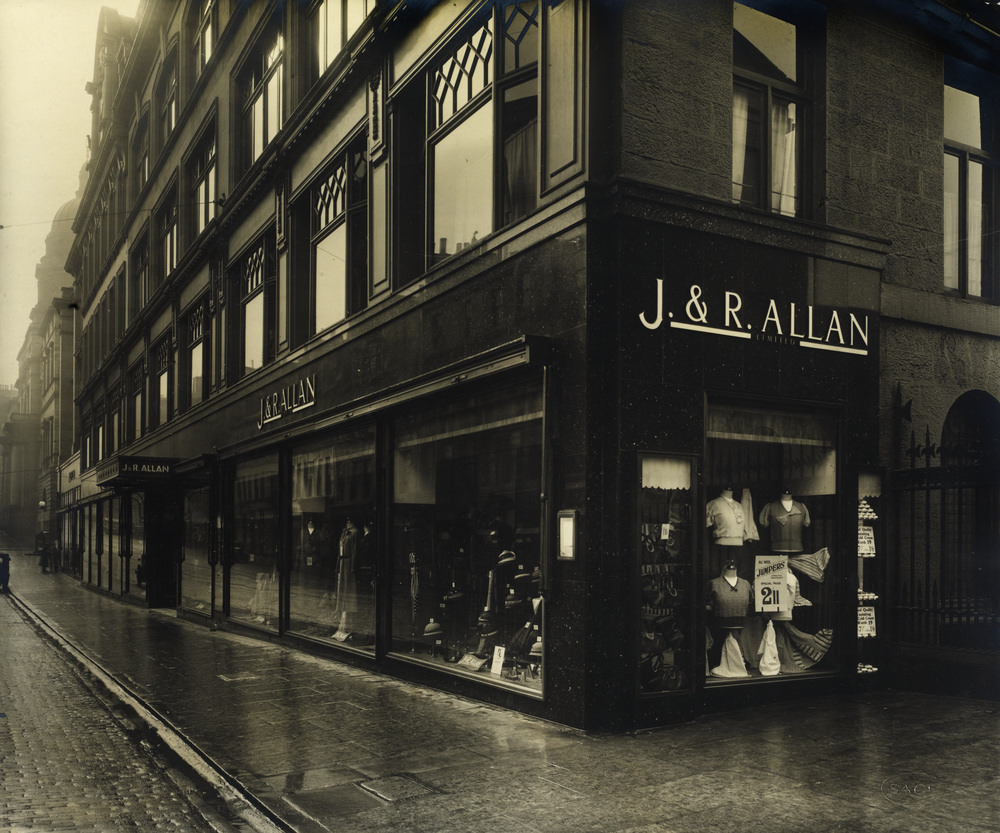
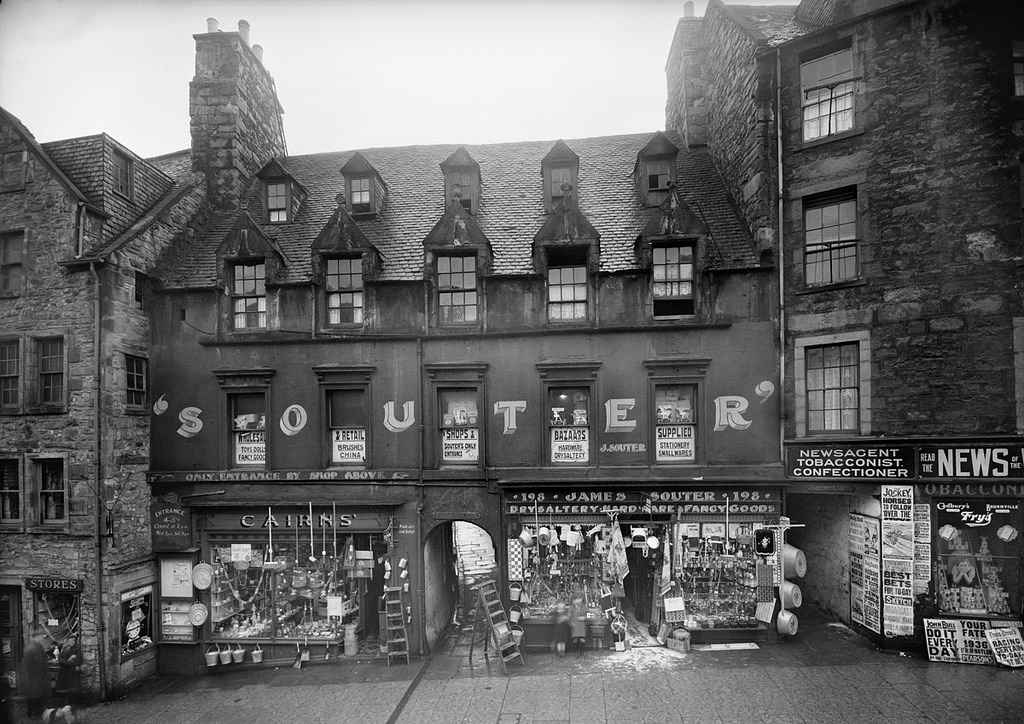
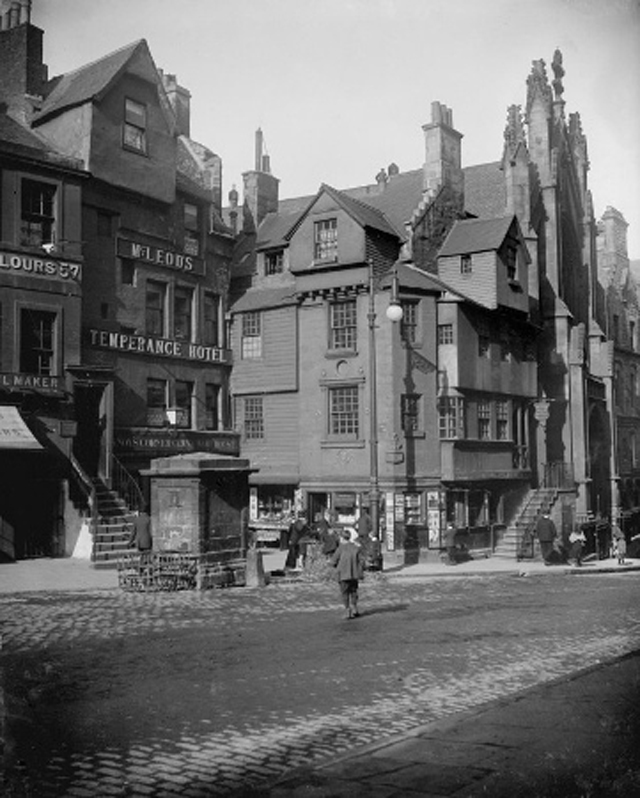
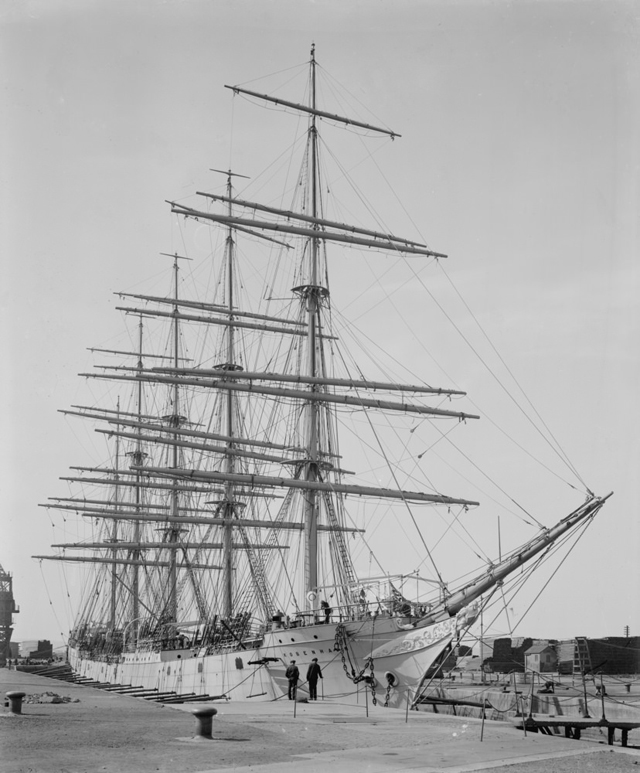
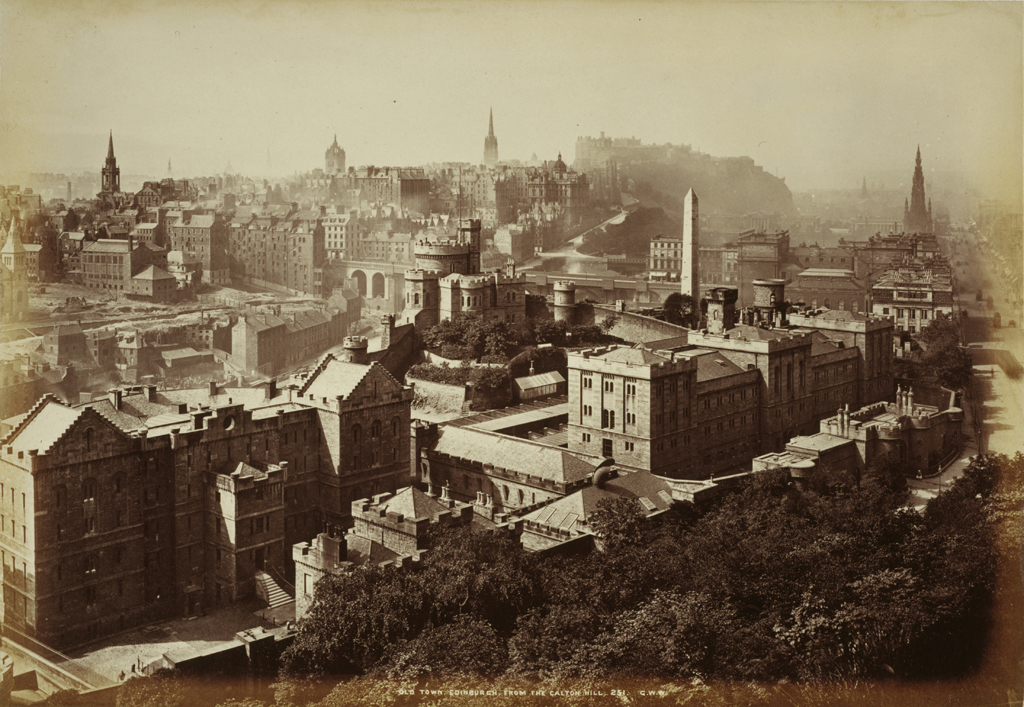
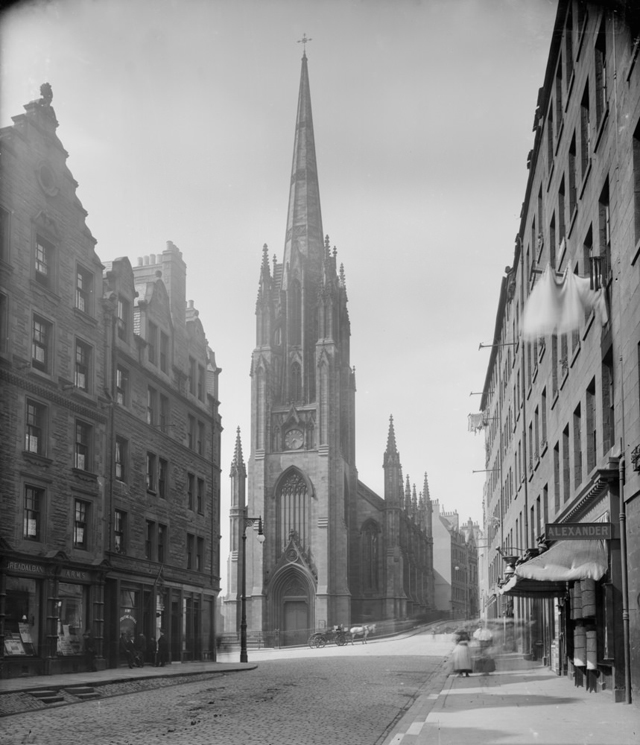
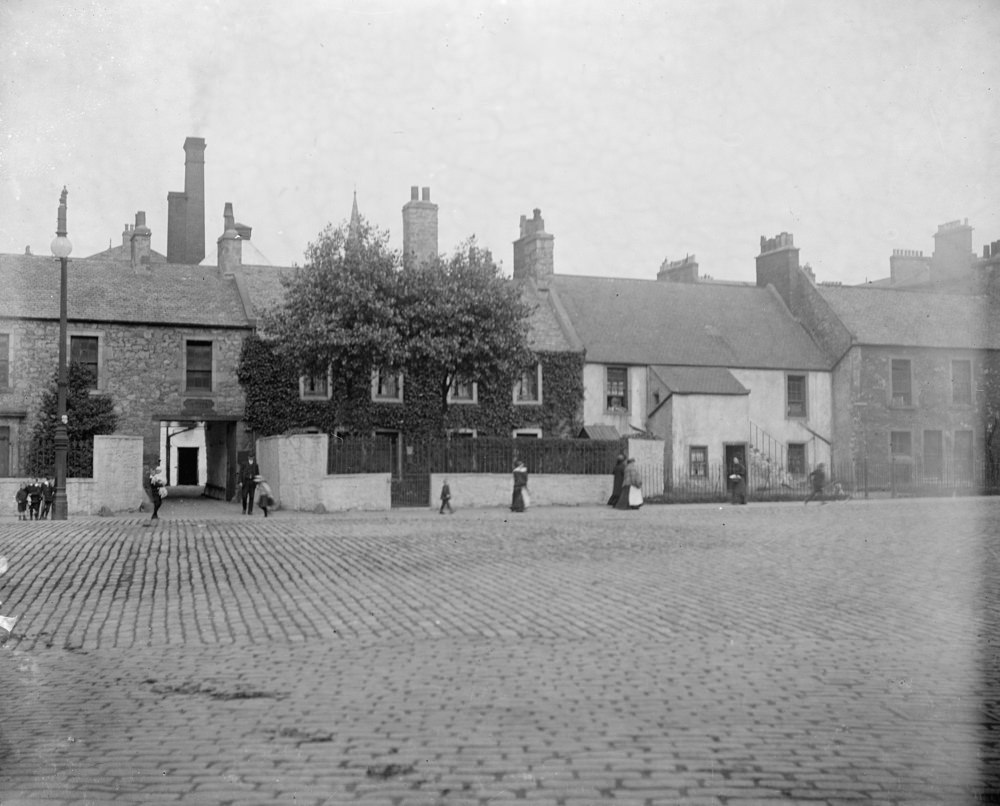

There are no cars or very few cars. It must have been so quiet.
There’s something about the old buildings lining the rail yard that exudes more character than many of the structures built nowadays.
During my last visit to Edinburgh, we visited Edinburgh. With no particular destination in mind, we wandered up to the hill on our final morning and were greeted by a stunning view.
Is the old prison located on the far right, with its distinctive towers and other features?
Refreshing to see something other than the typical Instagram shot
I looked at the aerial pic of the West End and thought “Oh! It looks so nice and orderly back then!” then scrolled down to the next pic of it at street level – chaos! (Even more than nowadays).
Nice post, thanks. Picturesque as some of it is, between the blackened buildings and the general air of muck in the street, it makes me glad for the clean air and sewage disposal systems of today.